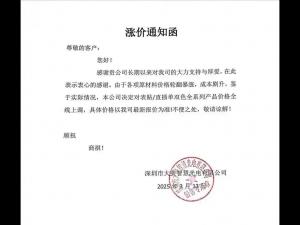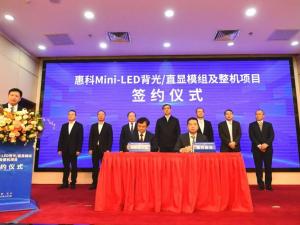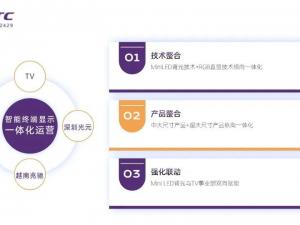The United States adjusts its tariff policy, showing that trade frictions on related products have e
- author:
- 2025-04-14 15:05:52
On the evening of April 11, 2025, U.S. Eastern Time, the U.S. Customs and Border Protection (CBP) released important news. According to the memorandum signed by the President on the same day, the reciprocal tariffs stipulated in the previous Executive Order No. 14257 will no longer be levied on some commodities, that is, products under specific items and sub-items. This policy adjustment is like a stone thrown into a calm lake, causing ripples in related industries. Among them, flat display modules and dedicated displays are among the list, which has undoubtedly brought new opportunities to trade exchanges between China and the United States in related industries.
Since the promulgation of Executive Order No. 14257, high" reciprocal tariffs" have been like a heavy mountain across the Sino-US commodity trade channel, especially for many goods originating in China. The list of 20 tariff exemption codes and their corresponding commodities released by the U.S. Customs and Border Protection is like a ray of light that penetrates the thick trade haze. Among them, flat display modules and dedicated displays closely related to the display industry are no longer subject to equivalent tariffs of up to 125%. This measure has greatly alleviated the cost pressure on related enterprises and injected a shot in the arm into industrial development.
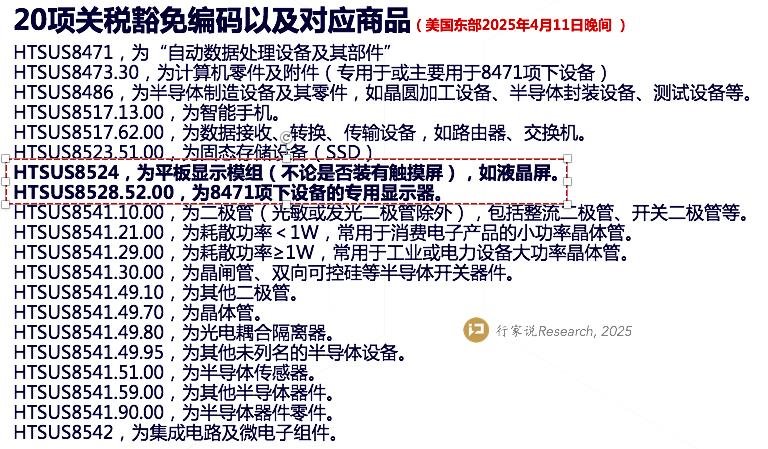
From the perspective of industry development, this is a positive adjustment in U.S. trade policy. At a time when the global display industry is deeply integrated and supply chains are closely intertwined, the United States has eliminated reciprocal tariffs on flat display modules and dedicated displays originating in China, which is conducive to promoting cooperation and exchanges between upstream and downstream enterprises in the industrial chain. Previously, due to high tariffs, many American companies were worried when purchasing related products, and production costs rose sharply. Nowadays, tariff exemptions allow companies to choose high-quality suppliers more freely, optimize supply chain layout, and improve production efficiency. At the same time, for China's display industry companies, this means that the U.S. market has reopened a wider door to them, which will help companies expand overseas business, increase international market share, and further promote technological innovation and industrial upgrading of China's display industry.
The introduction of the tariff exemption policy this time also reflects the subtle changes that are taking place in the global trading environment. Against the background of economic globalization, the economies of various countries are interdependent and influence each other. Trade frictions not only have a huge impact on related companies, but also have a negative impact on the stable growth of the global economy. The United States has lifted reciprocal tariffs on some related products, sending a positive signal to ease trade frictions and contributing to the stability of the global trade order. This also provides useful reference for other countries when handling trade disputes, and encourages countries to seek more reasonable and win-win solutions through dialogue and consultation to jointly promote the healthy development of global trade.
Since the promulgation of Executive Order No. 14257, high" reciprocal tariffs" have been like a heavy mountain across the Sino-US commodity trade channel, especially for many goods originating in China. The list of 20 tariff exemption codes and their corresponding commodities released by the U.S. Customs and Border Protection is like a ray of light that penetrates the thick trade haze. Among them, flat display modules and dedicated displays closely related to the display industry are no longer subject to equivalent tariffs of up to 125%. This measure has greatly alleviated the cost pressure on related enterprises and injected a shot in the arm into industrial development.

From the perspective of industry development, this is a positive adjustment in U.S. trade policy. At a time when the global display industry is deeply integrated and supply chains are closely intertwined, the United States has eliminated reciprocal tariffs on flat display modules and dedicated displays originating in China, which is conducive to promoting cooperation and exchanges between upstream and downstream enterprises in the industrial chain. Previously, due to high tariffs, many American companies were worried when purchasing related products, and production costs rose sharply. Nowadays, tariff exemptions allow companies to choose high-quality suppliers more freely, optimize supply chain layout, and improve production efficiency. At the same time, for China's display industry companies, this means that the U.S. market has reopened a wider door to them, which will help companies expand overseas business, increase international market share, and further promote technological innovation and industrial upgrading of China's display industry.
The introduction of the tariff exemption policy this time also reflects the subtle changes that are taking place in the global trading environment. Against the background of economic globalization, the economies of various countries are interdependent and influence each other. Trade frictions not only have a huge impact on related companies, but also have a negative impact on the stable growth of the global economy. The United States has lifted reciprocal tariffs on some related products, sending a positive signal to ease trade frictions and contributing to the stability of the global trade order. This also provides useful reference for other countries when handling trade disputes, and encourages countries to seek more reasonable and win-win solutions through dialogue and consultation to jointly promote the healthy development of global trade.
TAG:
Guess you want to see it
Popular information
-
CEO of TV IKLAN Group, Indonesia's largest media company, led a delegation to inspect MNLED and the

-
Liard shines ISLE 2025, leading new changes in LED display technology
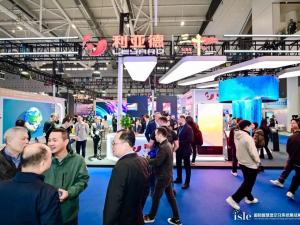
-
Qianzhao Optoelectronics and Innolux Optoelectronics make efforts in the field of MLED
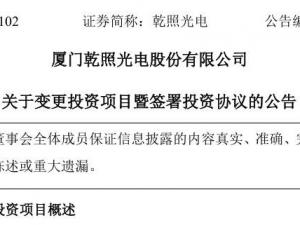
-
Kalette shines in IBC 2025, leading the innovative transformation of radio and television Media Proc

-
Shaoxing Keqiao makes great efforts to attract investment, and the Hangzhou-Shaoxing Airport Demonst
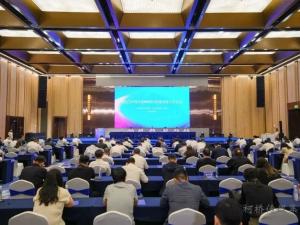
-
Innolux joins hands with Yuantai, TPV and others to introduce large size color electronic paper into
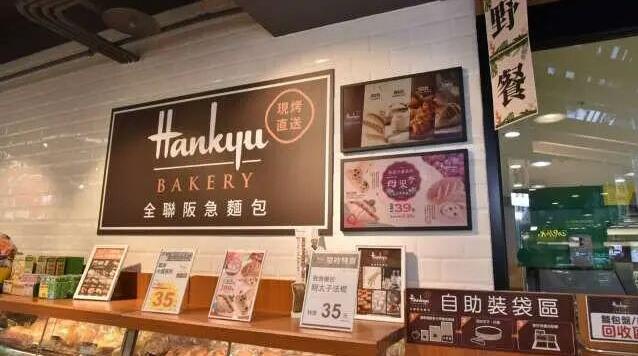
-
Guoxing Optoelectronics won another national patent award, innovation-driven and led the upgrading o

-
Alto Electronics shines through Beijing InfoComm 2025 to build a new ecosystem of intelligent digita
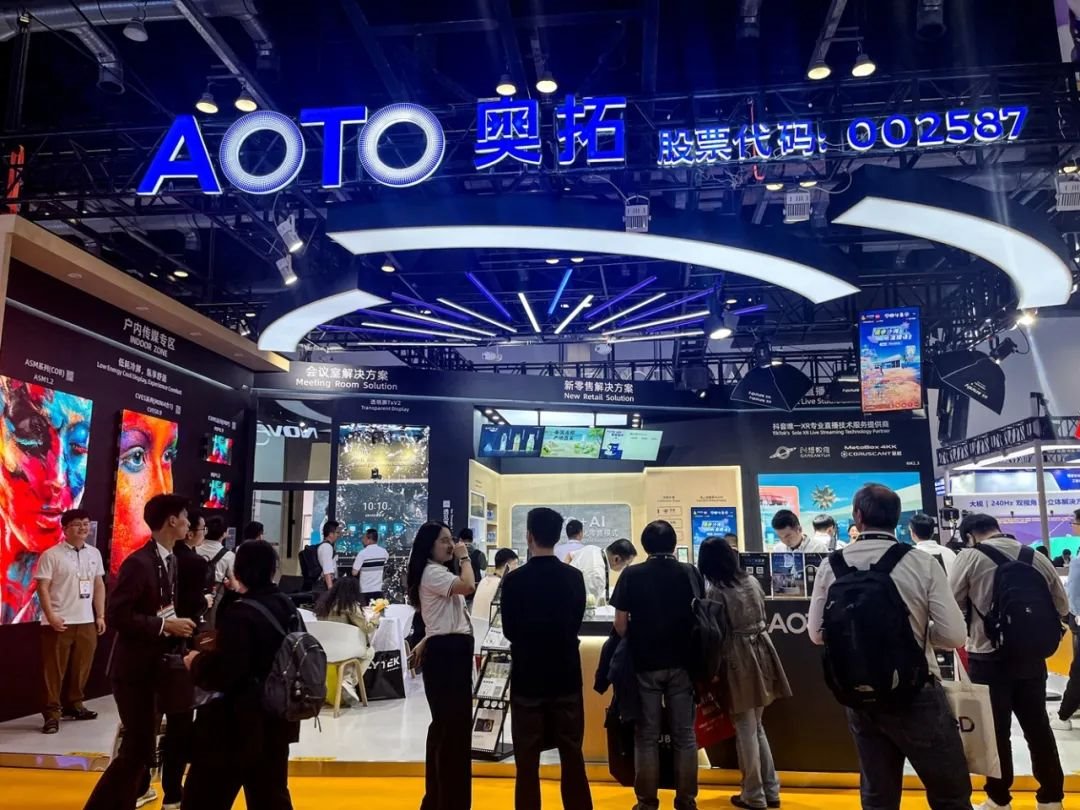
-
Zhouming Technology's Uslim S2 Double-sided Screen: Reshaping a New Experience of Traffic Light Disp
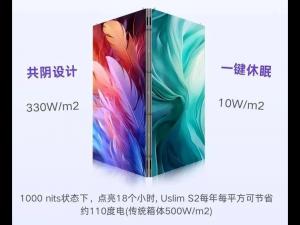
-
MNLED lifting and folding machine: opening a new chapter in diverse applications of display technolo
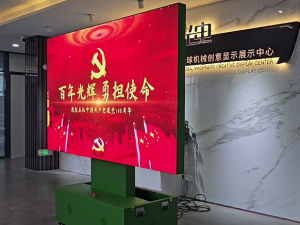
the charts
- CEO of TV IKLAN Group, Indonesia's largest media company, led a delegation to inspect MNLED and the
- Innolux joins hands with Yuantai, TPV and others to introduce large size color electronic paper into
- Xida Electronics signs a strategic cooperation agreement with Changbai Mountain Chixi District Manag
- Liard joins hands with "Three-Body" to open a new era of science fiction drama in China
- Zhaochi Semiconductor joins hands with Li Xing Semiconductor. Want to do big things?
- Zhou Ming joins hands with the Guangdong Basketball Association to produce another masterpiece! The
- ISE2023 Abbison's first exhibition in the new year has received frequent good news, and the immersiv
- Samsung Display and APS "work together" to create 3500ppi Micro OLED
- Zhouming Technology and Perfect World officially reached an educational ecological partnership!
- Longli Technology:Mini-LED has been shipped in batches to some in-vehicle customers, VR customers, e


